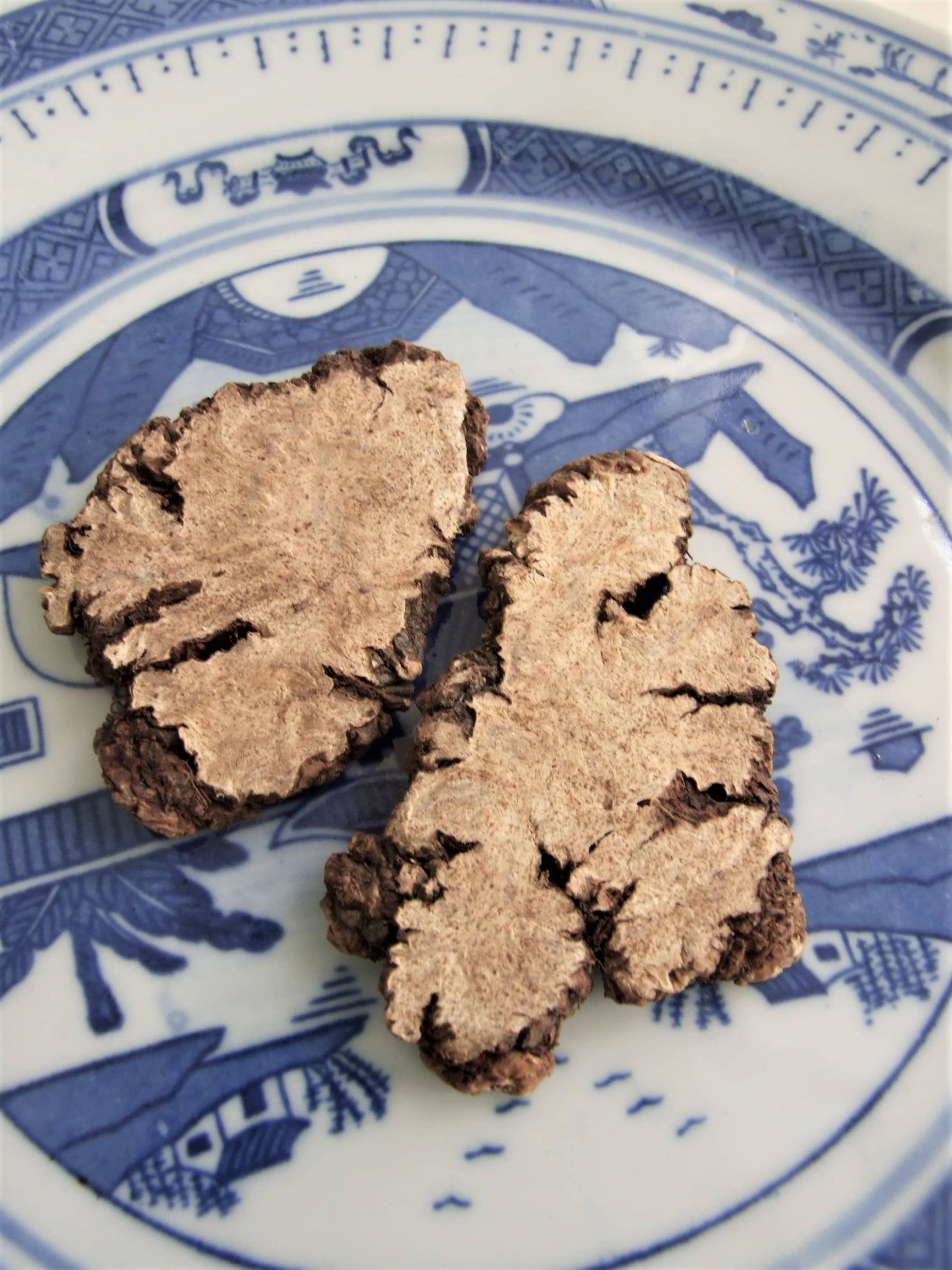川芎
名稱
拉丁名稱: Rhizoma Ligustici Chuanxiong 英文名稱: Sichuan lovage rhizome
科學名稱: Ligusticum chuanxiong Hort.
中文名稱: 川芎
漢語拼音: chuan xiong
來源
傘形科植物川芎的根莖。
生產地
性味歸經
川芎味辛,性溫。歸肝、膽、心包經。活性成分 / 主要化學成分

中藥功效
川芎活血行氣,祛風止痛。
傳統中醫用途
藥理作用
毒性
用法及劑量
川芎煎劑常用量為3~10g。不良反應、副作用及注意事項
參考
- 雷載權主編《中藥學》上海科學技術出版社,2000年6月.
- 趙中振,蕭培根主編《當代藥用植物典》香港賽馬會中藥研究院有限公司,2006年8月.
- 陶御風編著《臨証本草》人民衛生出版社,2005年5月.
- Chen J, Chen T, ed. Chinese Medical Herbology and Pharmacology, Art of Medicine Press, 2004.
- Liu Ganzhong, Xu Qiuping & Wang Tai (editor-in-chief), The Essentials of Traditional Chinese Herbal Medicine, Foreign Languages Press, Beijing, 2003.
- Gao Wei, et al. Protective effect of the pretreatment with Chuanxiong-phthalide A on the vascular endothelial cells impaired by the ischemia and reperfusion in isolated rats hearts. Zhongguo Zhong yao za zhi; 30(18): 1448-1451.
- Kao TK, et al. Neuroprotection by tetramethylpyrazine against ischemic brain injury in rats. Neurochem Int. 2006; 48: 166–176.
- Li M, et al. Inhibition of shear-induced platelet aggregation in rat by tetramethylpyrazine and salvianolic acid B. Clin Hemorheol Microcirc 2004; 31: 97-103.
- Peng C, et al. Pharmacodynamic action and mechanism of volatile oil from Rhizoma Ligustici Chuanxiong Hort. on treating headache. Phytomedicine. 2009; 16(1): 25-34.


